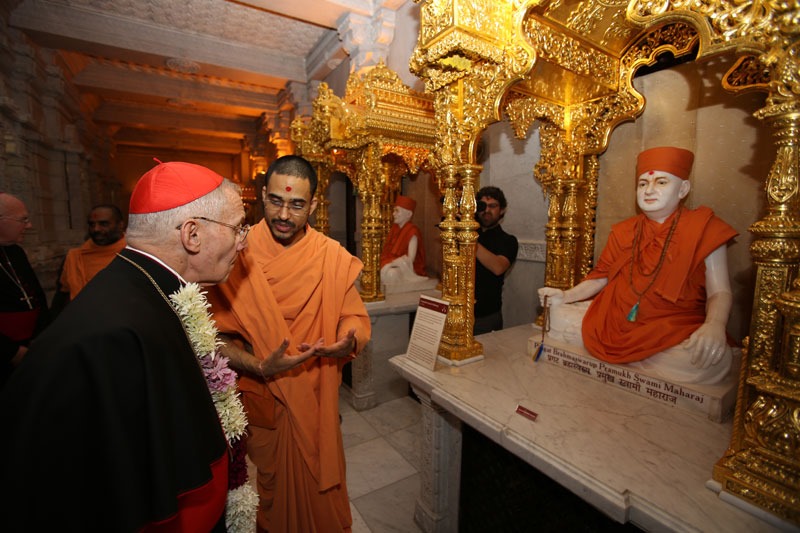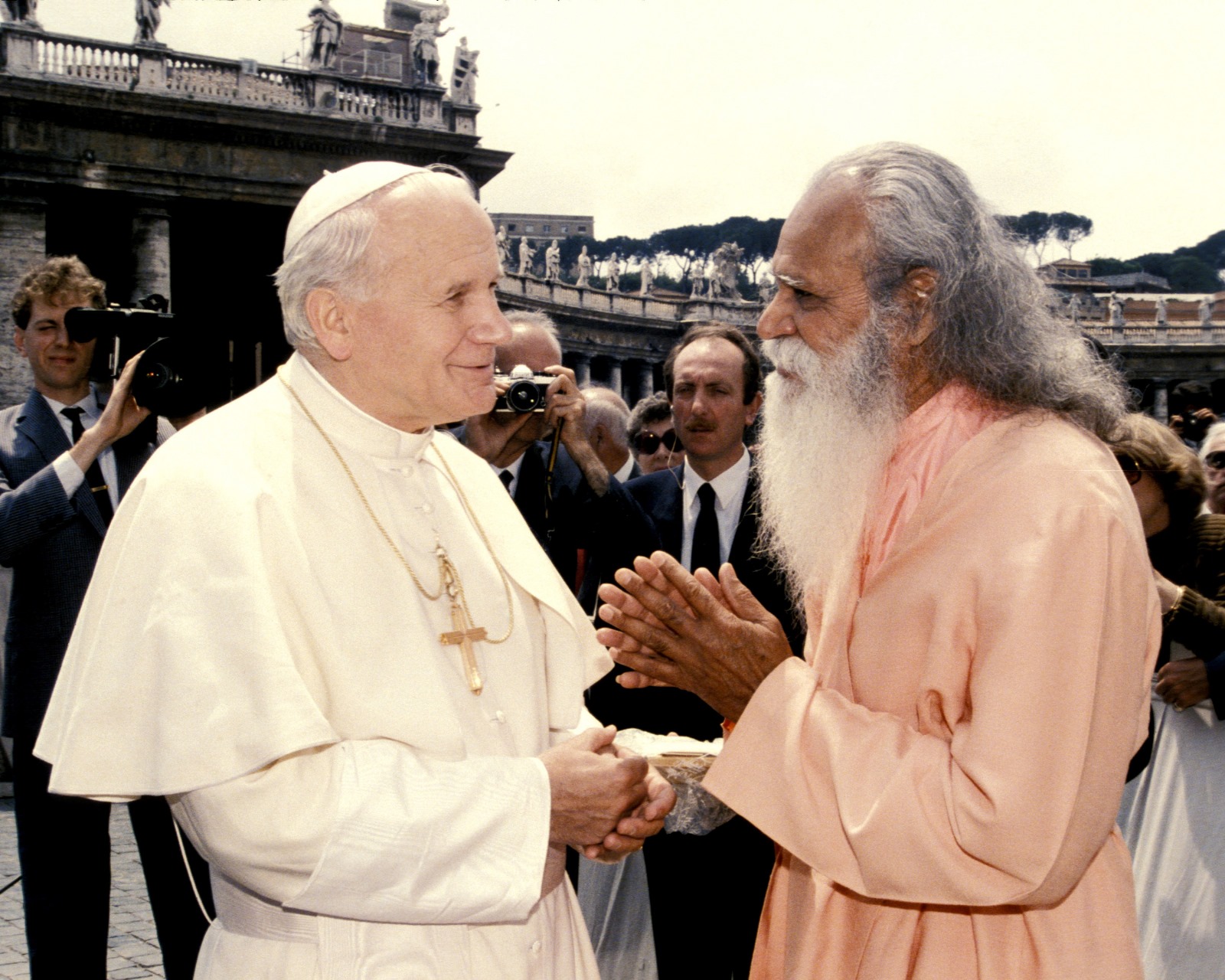The pluralistic approach of Hinduism
By Swami Durgananda
Sanatana Dharma, known in the West as Hinduism, is the third largest religion in the world, with more than 1.2 billion followers, representing approximately 15% of the global population. Predominant in India and Nepal, and with significant communities around the world, this age-old tradition transcends religious boundaries by embracing deep dimensions of spirituality, philosophy and universal ethics. Its pluralistic and open approach allows different paths to spiritual realization to coexist in harmony, all based on universal principles considered eternal (Sanatana) and applicable to all times and beings.
Unlike religions founded by a single figure, the Sanatana dharma presents itself as an amalgam of teachings, practices and philosophical schools that converge in the goal of attaining Brahman, the supreme reality that transcends all duality. This inclusive character connects it with principles shared with other religious traditions. With Judaism, it shares the centrality of the divine order as a spiritual foundation; with Christianity, it is attuned to the aspiration toward communion with the divine through devotion, love and spiritual contemplation.
In the context of Sanatana dharma, the roles of the brahmana, the sanyasi, the guru and the avadhuta represent different levels of practice, teaching and spiritual transcendence. The brahmana, a member of the priestly class, acts as the guardian of sacred knowledge and facilitator of dharma preservation. Through the study of scriptures, teaching and performance of rituals, the brahmana ensures the continuity of traditions and maintains the connection between the human and the divine, playing a fundamental role in social and religious organization.
The sanyasi, on the other hand, embodies the total renunciation of material and social ties, dedicating himself exclusively to the search for spiritual liberation (moksha). This stage, corresponding to the last of the four ashramas or stages of life, symbolizes detachment and complete surrender to transcendental truth. The sanyasi pursues union with Brahman and lives apart from worldly desires and ambitions, exemplifying the ideal of renunciation.
The guru occupies a central place as a spiritual master within the Sanatana dharma. However, his designation is neither arbitrary nor self-appointed; a guru must receive his authority directly from his own master through an official order or design, thus guaranteeing the continuity of the spiritual lineage (parampara). This system ensures the purity of the teachings and the authenticity of the transmission of knowledge. The relationship between guru and disciple (shishya) is considered sacred, since the guru not only transmits knowledge, but also guides the disciple in overcoming ignorance (avidya) towards spiritual realization. This bond is not merely academic, but a transformative connection that allows the disciple to experience the deepest truths of the Sanatana dharma.
The avadhuta transcends even these religious and social structures. Having attained complete oneness with Brahman, the avadhuta lives beyond established norms, unconstrained by dogmas, rituals or social commitments. His existence represents the culmination of the spiritual path, being a living testimony of absolute liberation and eternal truth. Although the avadhuta does not act as a conventional teacher, his life inspires those who seek to overcome all dualities and bondage, reminding us that true spiritual freedom lies beyond forms and structures.
Sanatana dharma integrates these figures into a cohesive spiritual system that embraces the preservation of knowledge, renunciation, teaching and transcendence. The brahmana guards the traditions, the sanyasi exemplifies total detachment, the guru guides the seeker with legitimate authority, and the avadhuta embodies ultimate truth. This holistic approach reflects the depth and flexibility of Sanatana dharma, which balances the structure necessary for the transmission of knowledge with the freedom to transcend all form, guiding humanity toward the eternal.







